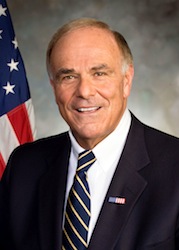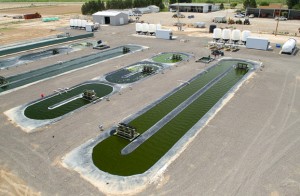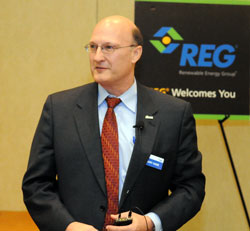The lame duck session has kicked off in Washington and the ethanol industry continues to point out to legislators who are reviewing the ethanol and biodiesel tax credits, that the failure to renew these credits will cause thousands of biofuels workers to lose their jobs. The ethanol industry is scheduled to visit the White House on Thursday along with several other national ethanol and ag organizations, and today, in anticipation, the group submitted a letter to Congressional leaders.
 In the letter, sent to Speaker Nancy Pelosi, House Minority Leader John Boehner, Senate Majority Leader Harry Reid, and Senate Minority Leader Mitch McConnell, the groups encouraged the extension of two ethanol related tax polices: the Volumetric Ethanol Excise Tax Credit (VEETC), and Alternative Fuel Infrastructure Credit. In addition, they asked that the definition of the cellulosic ethanol producer tax credit be expanded to include emerging feedstocks such as algae.
In the letter, sent to Speaker Nancy Pelosi, House Minority Leader John Boehner, Senate Majority Leader Harry Reid, and Senate Minority Leader Mitch McConnell, the groups encouraged the extension of two ethanol related tax polices: the Volumetric Ethanol Excise Tax Credit (VEETC), and Alternative Fuel Infrastructure Credit. In addition, they asked that the definition of the cellulosic ethanol producer tax credit be expanded to include emerging feedstocks such as algae.
“The ethanol industry has been an essential component of our nation’s effort to achieve energy security and improve our environment,” the groups wrote in the letter. “The volumes of ethanol produced domestically have been uniquely successful in reducing our dependence on foreign, imported oil, and have helped to reduce our nation’s emissions of greenhouse gases and other pollutants. In addition, the ethanol industry has helped to revitalize our nation’s rural and farm economies by providing a value added market for agriculture, and supported the creation of hundreds of thousands of non-exportable, high-paying green jobs.”
On VEETC:
“Without VEETC, ethanol blending will become less economically attractive to refiners, resulting in a substantial decline in discretionary blending, and upward pressure on consumer gasoline prices. As a consequence of reduced demand, ethanol plants will close. One analysis concluded that as many as 118,000 jobs could be lost if Congress fails to extend this important incentive.”
 On the Alternative Fuel Infrastructure Credit:
On the Alternative Fuel Infrastructure Credit:
“Today, there are approximately 160,000 retail fuel outlets around the nation; however, only 2,300 are fitted with equipment able to dispense E85, and just a few hundred that can offer mid-level blends. It is essential that there continue to be incentives to develop the infrastructure needed to make the ethanol blended fuels available to consumers.”
On Cellulosic Ethanol and Other Advanced Biofuels:
“We believe that as we look to extend incentives for ethanol and incentives to support infrastructure, we must continue to support efforts that help the next generation of ethanol overcome commercialization hurdles. To this end, we call on Congress to pass legislation expanding the cellulosic biofuels producer tax credit which includes a broader range of eligible advanced biofuels including algae, and the ability to allow developers to elect a refundable 30 percent investment tax credit.”
The groups concluded, “Not only are these incentives necessary to provide certainty in the marketplace as we work collaboratively to reform the Federal tax structure for renewable energy, but they are also essential if we, as a nation, are intent on continuing our goals of achieving energy security, creating green jobs, and revitalizing rural communities across the country.”
 The annual event will be “smooth sailing” for soybean, corn, wheat and sorghum farmers and biofuels will be a big part of the event, as always.
The annual event will be “smooth sailing” for soybean, corn, wheat and sorghum farmers and biofuels will be a big part of the event, as always.






 NBB members elected their trade association leadership today, including Gary Haer with
NBB members elected their trade association leadership today, including Gary Haer with 


